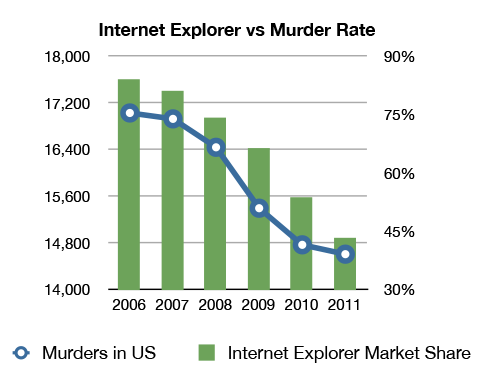This really goes back to a
much earlier part of the semester, when we talked about measuring economic output
and the relationship between real GDP per capita and well-being. But I thought it was interesting.
Here’s a report from
Forbes, on a measure of happiness:
“Quantifying happiness isn't an easy task. Researchers at
the Gallup World Poll went about it by surveying thousands of respondents in
155 countries, between 2005 and 2009, in order to measure two types of
well-being.
“First they asked subjects to reflect on their overall satisfaction with
their lives, and ranked their answers using a "life evaluation" score
from 1 to 10. Then they asked questions about how each subject had felt the
previous day. Those answers allowed researchers to score their "daily
experiences"--things like whether they felt well-rested, respected, free
of pain and intellectually engaged. Subjects that reported high scores were
considered "thriving." The percentage of thriving individuals in each
country determined our rankings.”
I took their rankings and
charted the relationship between real GDP per capita (in 2011) and the percent
of respondents ranked as “thriving,” “struggling,” and “suffering.” The three charts below show those relationships. The correlations between real GDP per capita
and the happiness rankings are as follows:
Correlation
Between
Real GDP
per Capita and
Percent Thriving 0.69
Percent Struggling -0.61
Percent Suffering -0.45
This does suggest that real GDP
per capita is related to well-being; on the other hand, I’m surprised by how
low the correlations are—especially the correlation between real GDP per capita
and the percent of the population classified as suffering. (The second chart should be labeled "Real GDP per Capita and the percent of People Saying They Are Struggling." My typing error.)
(Click a chart to enlarge it.)







































